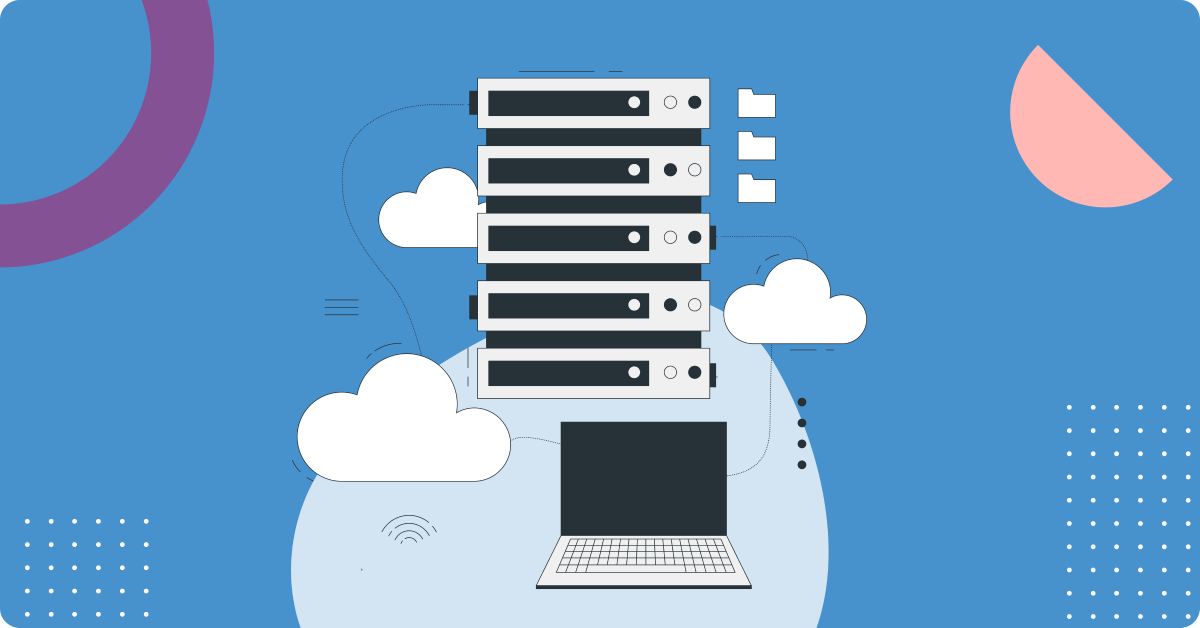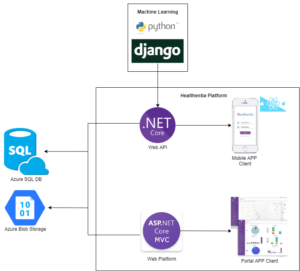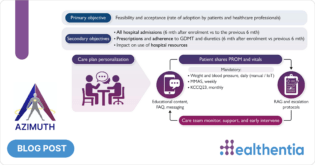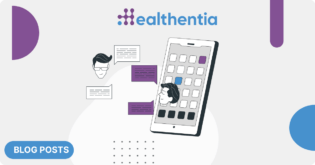
Lifesciences and Healthcare are considered to be slow-moving industries in terms of their digital transformation; however, this has been changing rapidly in the aftermath of the Covid-19 outbreak. In Innovation Sprint we believe that the surrounding environment of these industries pinning to strict regulatory requirements, should not influence the level of technology adoption. Given our tech-DNA, we opt for edge technologies and practices. These cover the best of the breed of architectural approaches, hosting environments, mobile apps, IoT devices, security infrastructures, continuous integration processes, AI and ML mechanics, and all other pieces of the puzzle for a state-of-the-art solution.
Let’s make a dive into the technologies we use in Healthentia and let’s see how we achieve high performance and compliance. Below, you can find an overall description of the system architecture, as well as a presentation of the infrastructure that maintains and facilitates Healthentia System performance.
System Architecture

Healthentia SaaS is a three-tiered application. The datastore tier contains one hosted Azure SQL database for structures study data and an Azure Blob storage for media and any other files. The application tier contains our services, the Web API, and the Web Platform. Finally, the client tier contains the Web Platform client (out portal app targeting the healthcare professionals) and the Mobile client (our Android and iOS app targeting the patients or study participants).
Additionally, a rest API developed in Python Django framework is responsible for Machine Learning Operations and communicates with Healthentia Platform, using Healthentia Web API exposed endpoints.
Hosting environment
Our Infrastructure is hosted on Microsoft Azure, in Western Europe and is based on a Kubernetes cluster on Azure Kubernetes service, which has the following benefits:
- Accelerates containerised application development
- Increases operational efficiency
- Builds on an enterprise-grade, more secure foundation
- Runs any workload in the cloud, at the edge, or as a hybrid
Kubernetes provides a way to schedule and deploy containers, scale them to the desired state and manage their lifecycles. In this way, Healthentia is a container-based application, thus portable, scalable and extensible. More information on Kubernetes: https://azure.microsoft.com/en-in/services/kubernetes-service/
Mobile apps
Our mobile app is built using React Native, a framework for building native apps for Android and iOS using React. It offers a unique user experience in the Bring Your Own Device approach we follow. The user interface is an outcome of co-development with patients, which is a process that is renewed for several therapeutic areas.
IoT devices
Healthentia supports a large number of IoT devices, through API or SDK integration. Prominent among them are all Fitbit and Garmin devices. Furthermore, it supports iOS Health Kit integration, which extends the spectrum of devices that can be used. Further to the above, Healthentia can capture activity information directly from the smartphones’ sensors, utilizing their hardware sensors (like the accelerometer and barometer) as well as their software ones (like the step sensor). This direct access to raw sensor data facilitates composite activity measurements, like the frailty test and the 6-minute walk test.
Security & Privacy
The high information security performance of the Healthentia is aspired to stand as one of its competitive advantages. Our Information Security Policy aims to:
- Εnsure the confidentiality, availability and integrity of the information it processes
- Protect the data subjects’ rights within the scope of its business operations
- Comply with the applicable legislative and regulatory requirements
Security is ensured at 3 levels: 1) infrastructure, 2) processes, 3) continuous security posture assessment and update.
CI-CD Infrastructure
 Azure Build Pipelines are responsible to build our code from source control and create artefacts to be used from the release pipelines and the deployments. Build Pipelines exist in Azure DevOps to be triggered automatically by committing the branch they are linked to, or manually from Azure DevOps.
Azure Build Pipelines are responsible to build our code from source control and create artefacts to be used from the release pipelines and the deployments. Build Pipelines exist in Azure DevOps to be triggered automatically by committing the branch they are linked to, or manually from Azure DevOps.
The release pipelines are responsible for publishing apps to the production and test environments. These pipelines deploy the newest application images (Web and API) from the docker repository to the Kubernetes cluster.
AI mechanics
The AI module of Healthentia offers three services: biomarker discovery, patient phenotyping and in-silico trials. The biomarker discovery and patient phenotyping services are carried out off-line and their results are available on-line: The discovered biomarkers are used in risk assessment, virtual coaching and DTx. The estimated phenotypes are used in the in-silico trials to modify the behaviors of the simulated patients based on data models.
For more information, you can contact us at info@innovationsprint.eu.









